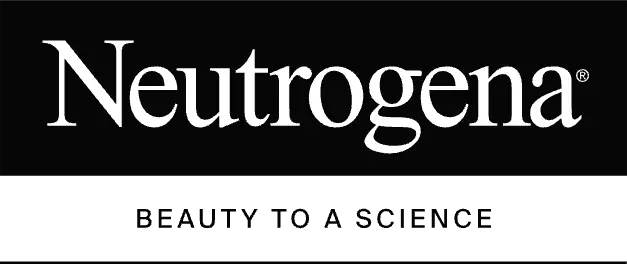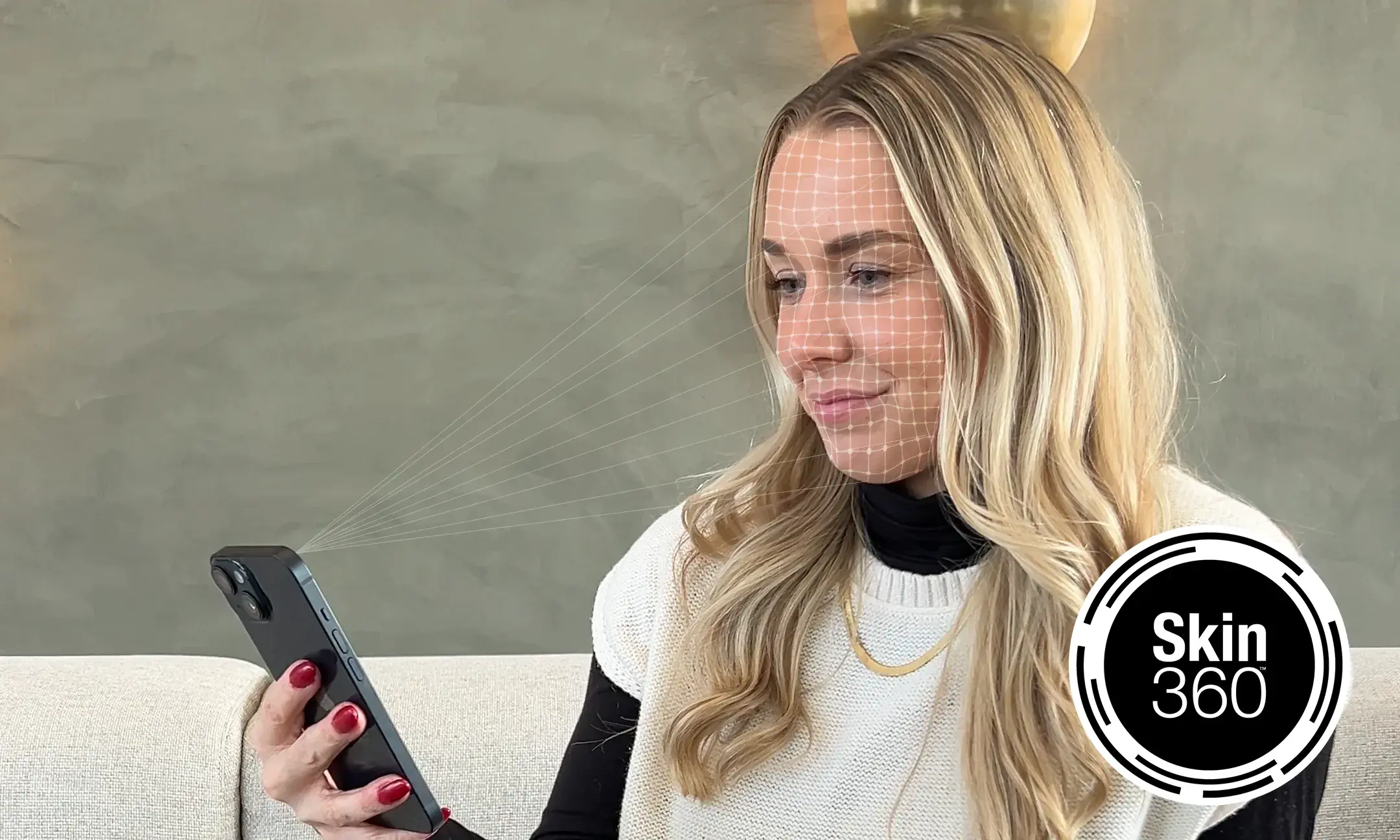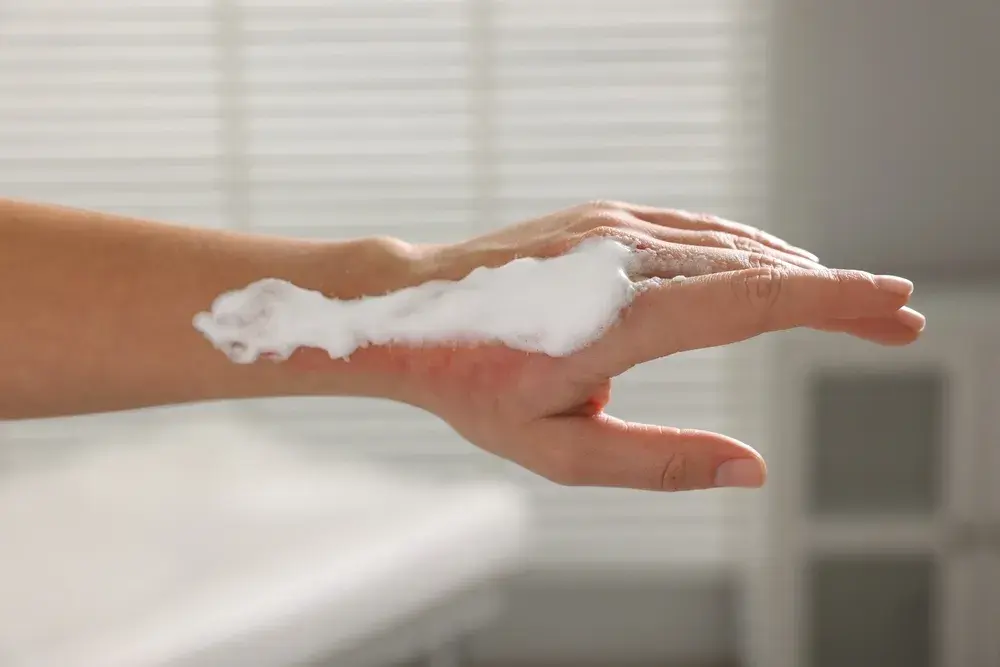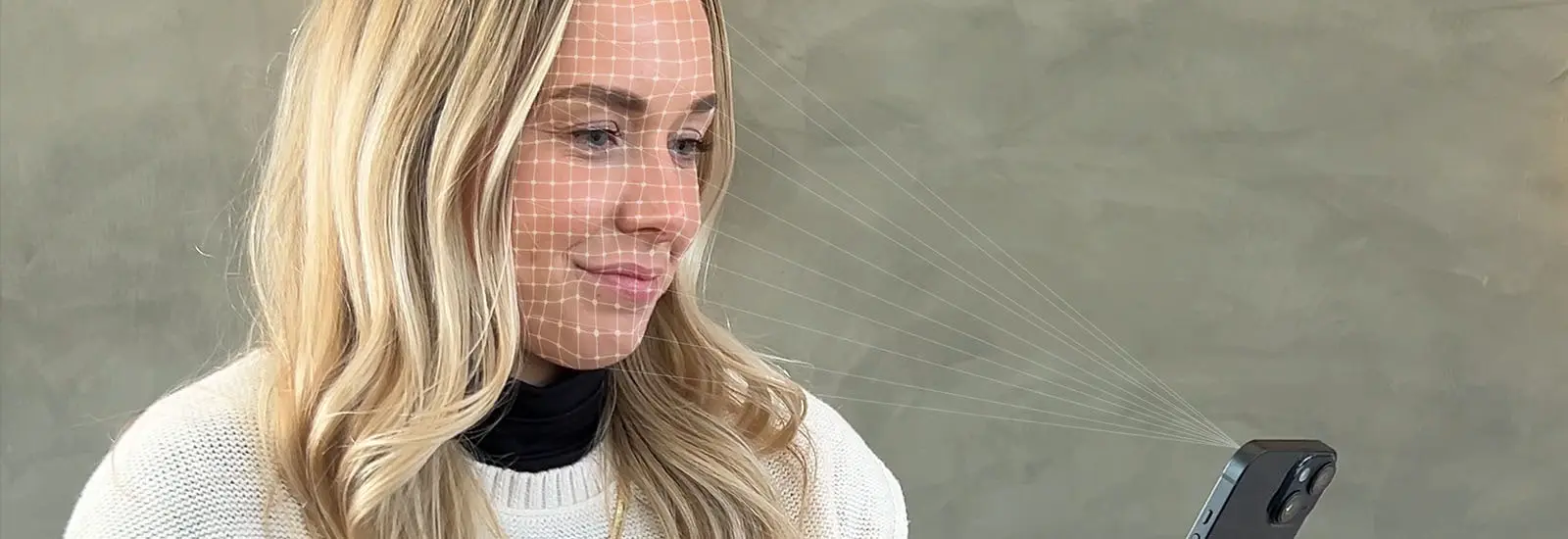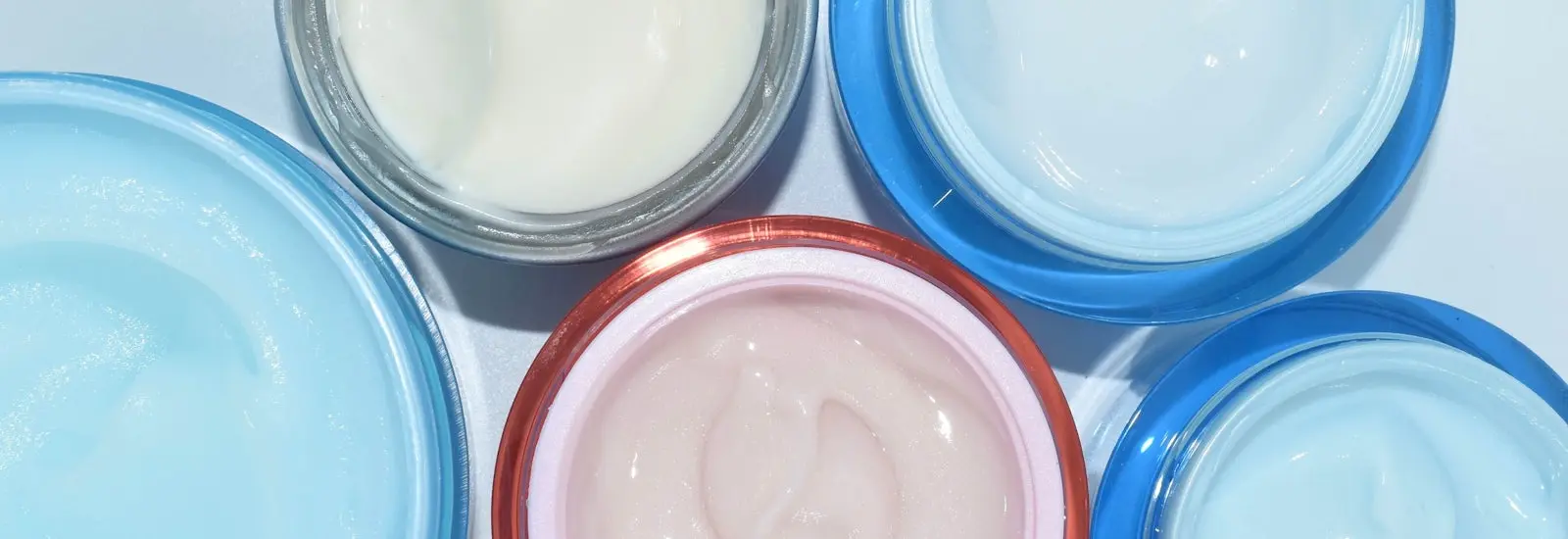What is Panthenol?
If you're a super-savvy skincare maven, you likely already know that B vitamins are an important part of a healthy hair and skin routine. But have you heard of panthenol?
Panthenol is derived from pantothenic acid, also known as vitamin B5. Sometimes called pro-vitamin B5, it's structurally similar to pantothenic acid but contains a hydroxyl group, designating it an alcohol. It's usually a clear, viscous oil or white powder at room temperature.
Panthenol's moisturizing and soothing properties make it a common ingredient in haircare and skincare products, including scalp treatments, shampoos, serums and moisturizers.
What are the uses of Panthenol?
So, what is panthenol used for? Let's dive into some of this ingredient's key benefits for skin and hair.
Panthenol for skin
Enhances skin barrier health
Panthenol can boost skin barrier health. Cleveland Clinic explains that, with both emollient and humectant properties, panthenol draws water to the skin and locks it in. This gives your skin barrier the TLC it deserves. One study showed that panthenol formulations significantly enhanced skin barrier repair and hydration after just 48 hours.
Calms redness and inflammation
Panthenol also has anti-inflammatory properties, making it a great addition to products for sensitive skin. One study showed that participants with sensitive skin who used products with panthenol saw improved facial redness associated with winter xerosis (dry skin). So if you tend to have dry, flaky, itchy, red skin in the winter months, panthenol might just be your new go-to.
Protects skin and promotes wound healing
This powerful ingredient can help soothe irritated skin and protect the skin barrier while promoting healing (yes, it can do all that!). Dexapanthenol (d-panthenol), the active form of panthenol, is a skin protectant and supports wound healing, especially post-procedural wounds and superficial skin damage. This is why you might find panthenol in diaper rash creams and breast care products formulated to soothe sore, cracked nipples in breastfeeding parents. Research suggests it's also a good candidate for wound dressings.
Panthenol for hair
Many haircare products boast panthenol for its ability to fortify scalp health and smooth and moisturize your hair for shiny, lustrous locks. According to Cleveland Clinic, your scalp faces damage from overprocessing, too much brushing (who knew there was such a thing?), sun exposure and allergens, causing an uneven surface area. Panthenol helps strengthen brittle hair and smooth out these imperfections.
Where does Panthenol come from?
Panthenol comes from pantothenic acid, a nutrient naturally present in many plant- and animal-based foods. In fact, American biochemist Roger J. Williams isolated and named pantothenic acid in 1931 after the Greek word "pantos" — meaning "everywhere" — since he found it in so many foods. According to the National Institutes of Health Fact Sheet for Health Professionals, these foods include eggs, beef, chicken, mushrooms, tuna, sunflower seeds, avocado, peanuts and whole grains like oats and brown rice. Today, it's also added to foods like fortified cereals as vitamin B5.
While it's found in nature, the ingredient listed on your personal care products is typically produced by chemical synthesis, primarily chemical condensation.
How to incorporate Panthenol into your routine
Here's how to reap the benefits of pro-vitamin B5 in your skincare and haircare routine.
Get It through your favorite makeup products
Many makeup products contain panthenol to help the skin retain moisture and improve formula consistency. Try Neutrogena® Makeup Melting™ Micellar Milk Makeup Remover, formulated with a proprietary 7% Emollient-Vitamin Complex to nourish and soften skin while gently melting away the day.
You can also find panthenol starring in Neutrogena® Sensitive Skin 2-in-1 Eyeshadow + Primer. It boasts pro-vitamin B5's power to protect and repair your skin barrier while adding some glam to your night out for a bold, flawless look that doesn't compromise comfort.
Lock in moisture
Another way to gain panthenol skin benefits? Apply a hydrating moisturizer for your skin type with panthenol after cleansing to help your skin retain moisture. For targeted benefits, dab on a hydrating eye care product like Neutrogena® Hydro Boost+ Caffeine Eye Gel Cream to minimize the look of fine lines, dark circles and undereye puffiness.
Looking for a beauty and skincare boost? Try Neutrogena® Hydro Boost Hydrating Setting Spray to lock your look in place while refreshing and hydrating your skin with hyaluronic acid and antioxidants.
Help heal dry skin
Apply products with panthenol to hydrate and repair dry, cracked skin, whether due to winter dryness or superficial irritation.
Look for haircare products with Panthenol
Scan the ingredient labels on shampoos, leave-in conditioners and other haircare products for vitamin B5. With the panthenol hair benefits mentioned earlier, what do you have to lose? (Certainly not your hair!)
